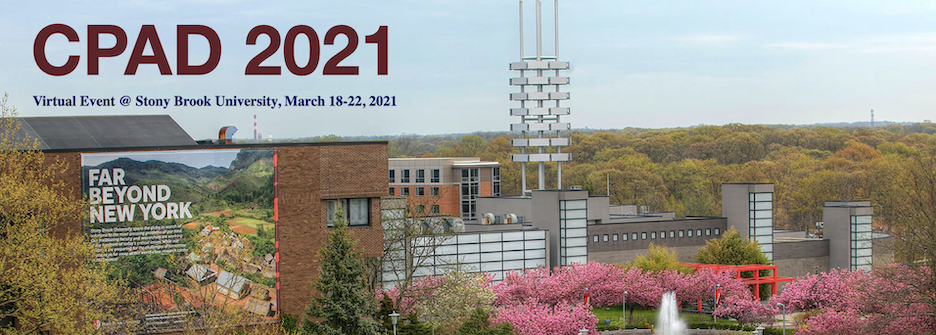Speaker
Description
Dust fallout on material surfaces can be a significant contribution to radioactive background in rare-event ultra-sensitive radiation detectors. Until now, estimates of such contribution have been largely performed based on fallout models and assumed dust composition. This work presents an effective method for the direct determination of contaminant fallout rate on material surfaces from exposure to dust. The method involves the exposure of low-background collection media to dust, followed by surface leaching and leachate analysis via inductively coupled plasma mass spectrometry (ICP-MS). The method was validated and applied in selected cleanroom and non-cleanroom locations at Pacific Northwest National Laboratory (PNNL) and the SNOLAB underground facility. Fallout rates of naturally occurring radionuclides K-40, Th-232, U-238 and stable Pb were investigated. A comparison between directly measured fallout rates and those estimated from current model-based predictors was also performed. Results show that the composition of dust in cleanrooms, and hence the material contamination from particulate fallout, strongly depend on the current ongoing activities and do not necessarily reflect the local composition of soil. Discrepancies of one order of magnitude or higher are observed between directly measured and model-based estimates. While originally developed to quantify contaminations of long-lived radionuclides and stable lead, the method can potentially investigate contamination from any stable element in the periodic table, providing localized elemental fingerprint to dust sources.
